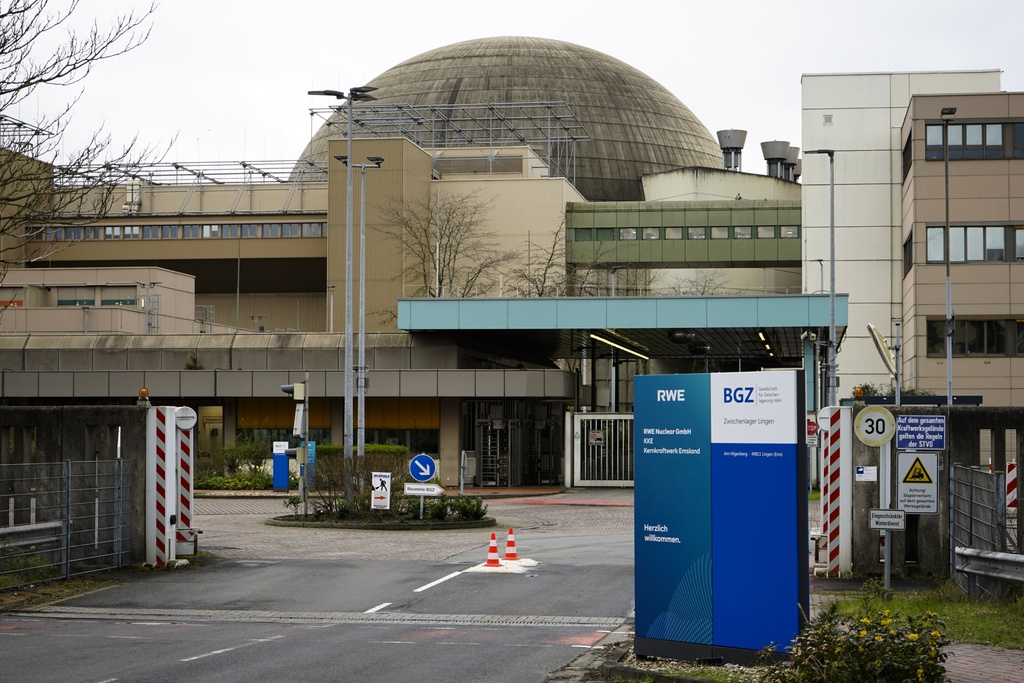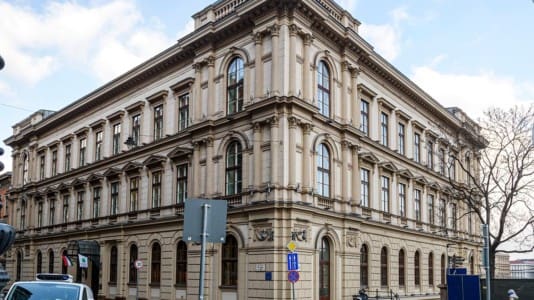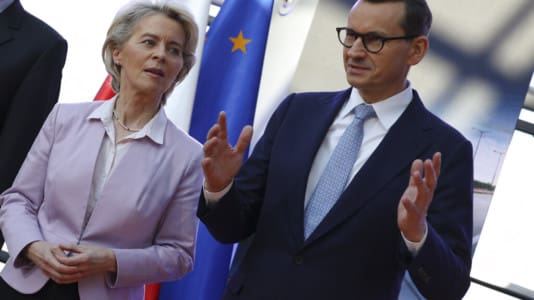Between 10:00 p.m. and midnight on Saturday, the last three nuclear power plants still operating in Germany were shut down, marking the end of nuclear power generation in the country after 60 years. The measure was received with mixed reactions across Germany.
A representative organization of large industrial energy users says energy shortages are to be expected, while environmentalists across Germany celebrated the fulfillment of a decades-long dream of no more nuclear power plants in the country.
“Today is a very big day, we have shut down the last three nuclear reactors. The Fukushima nuclear disaster in 2011 was the biggest boost to our success, but our decade-long struggle has also contributed to this,” said one unnamed environmental activist.
The end of nuclear energy in Germany came after the power plants Isar 2 in Bavaria, Emsland in Lower Saxony, and Neckarwestheim 2 in Baden-Württemberg were permanently disconnected from the grid. At the Brandenburg Gate in Berlin, a giant toppled dinosaur symbolized the closure of nuclear power plants and the victory over nuclear power.
However, not everyone in Germany was so enthusiastic about the closure of the last nuclear power plants. One demonstrator in Berlin said the closure would mean the country would return to fossil fuels and coal, which pollutes the air with carbon dioxide. Some in Emsland, where one of the closed nuclear power plants is located, also said they did not understand the point of the measure.
“It is an incomprehensible decision. Here in Germany, we are closing a nuclear power plant, and a few kilometers away in the Netherlands, they are building a new one. So much for Europe,” complained one man.
Nuclear energy does not play a significant role in the overall German energy supply. Last year, 46 percent of energy production came from renewable sources, 45 percent from fossil sources, 6 percent from nuclear and the rest from other sources. According to the German grid regulator, the closure of nuclear power plants does not jeopardize security of supply because there is sufficient electricity generation capacity from other sources to cover the loss of nuclear power.
Just as the last nuclear power plant powered down in Germany on Saturday, on Sunday Finland brought online Europe’s largest nuclear plant, Olkiluoto 3, with a capacity of 1.6 gigawatts. It is the first new nuclear plant in Finland in 40 years and the first in Europe in 16 years.





